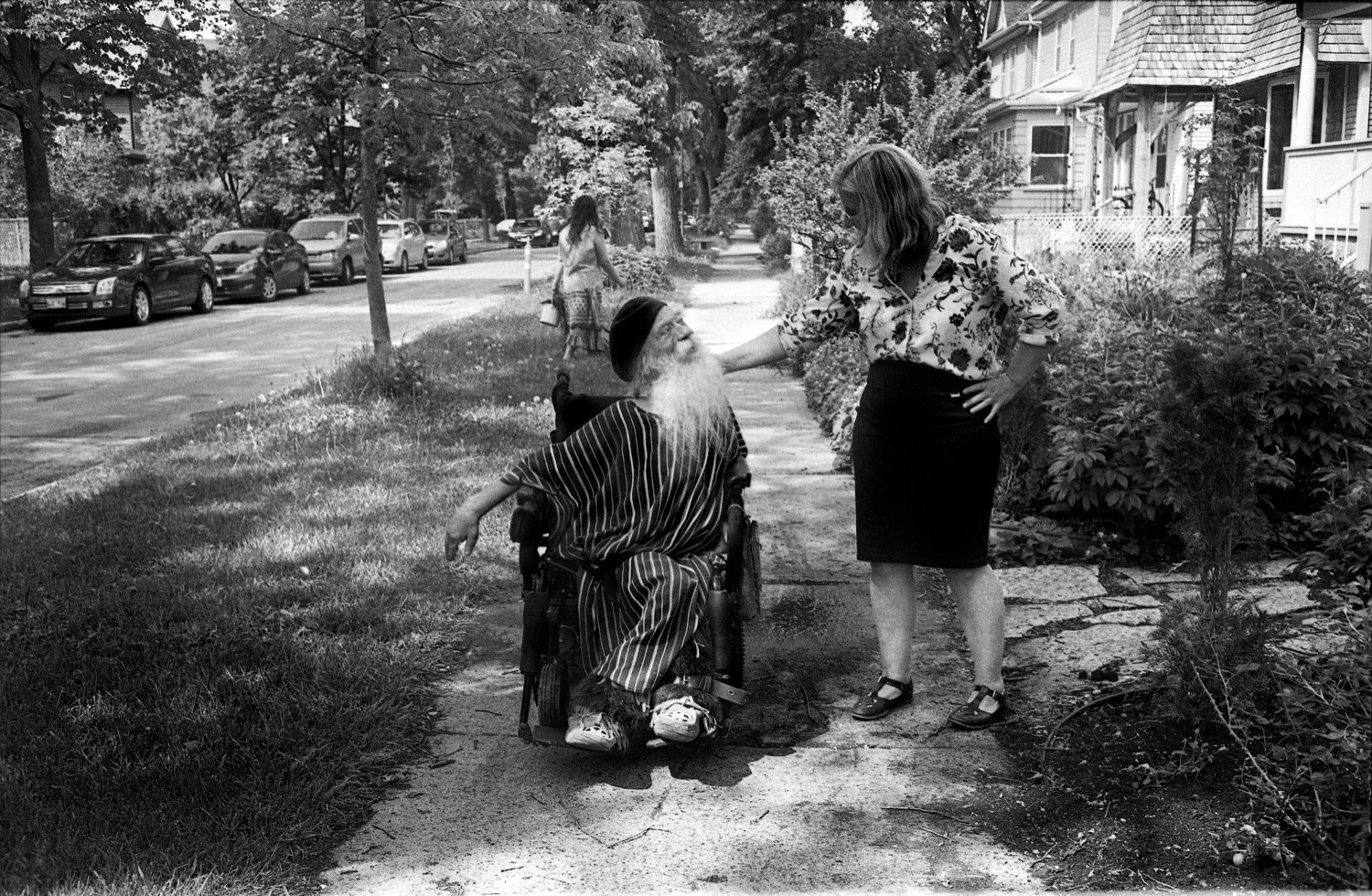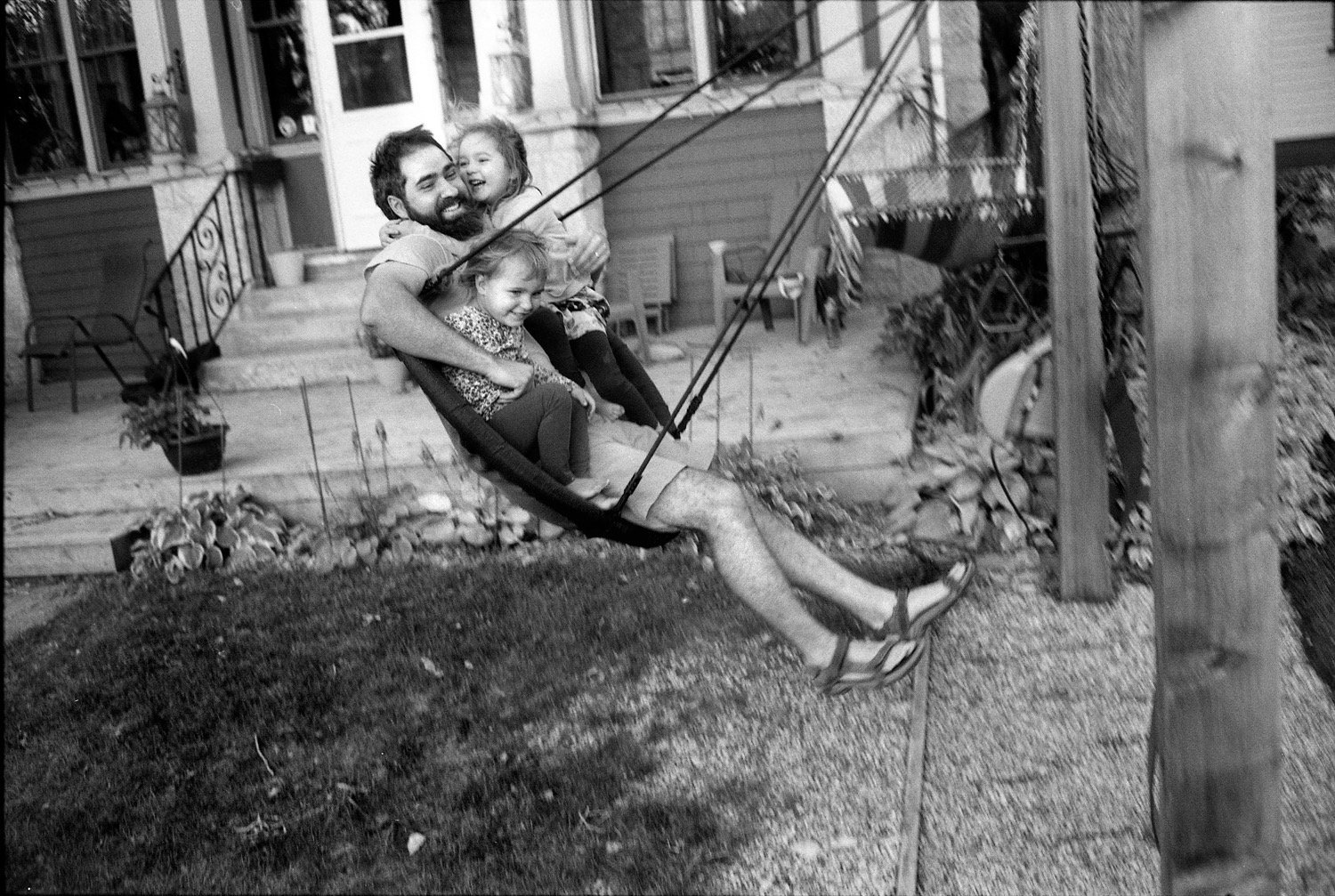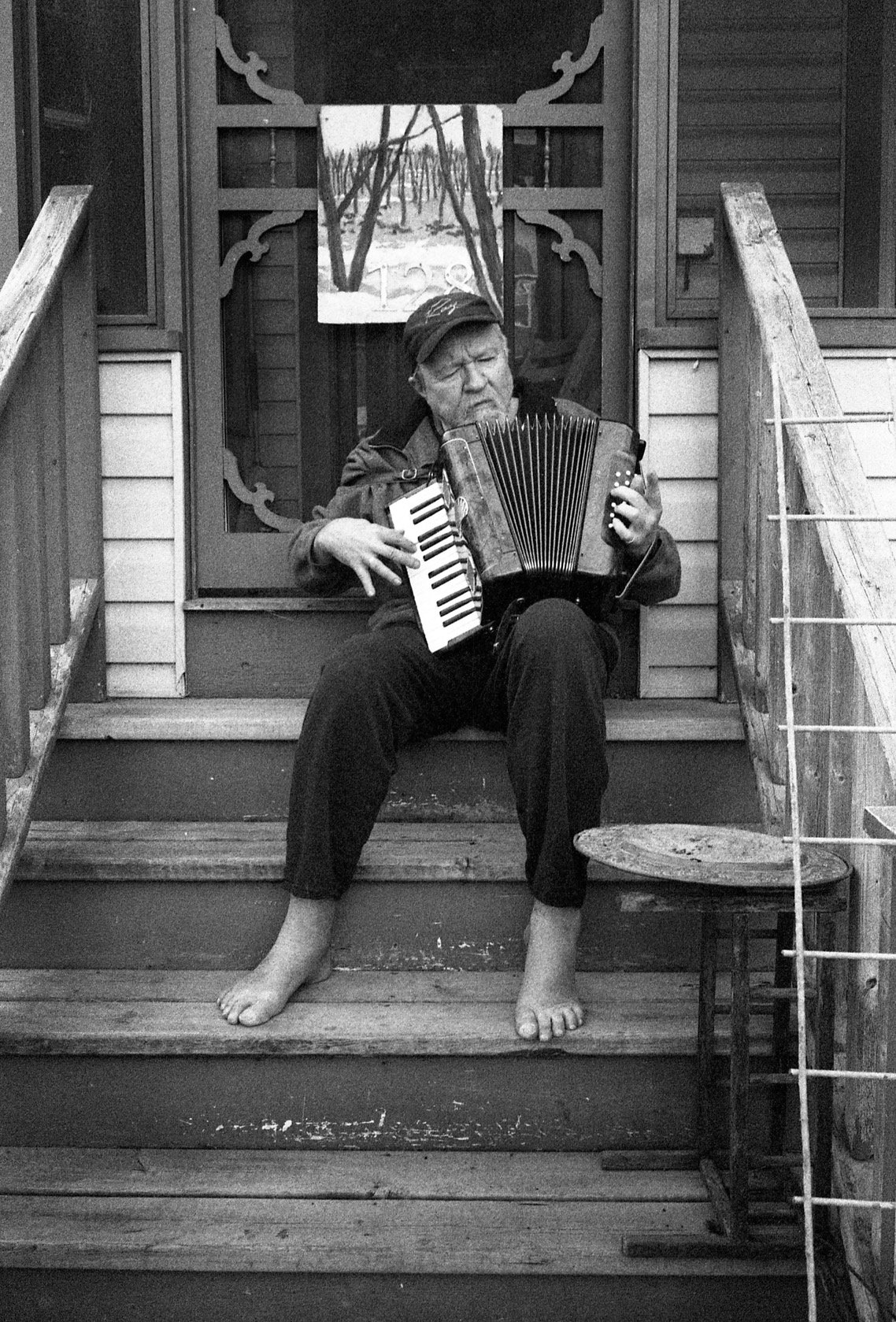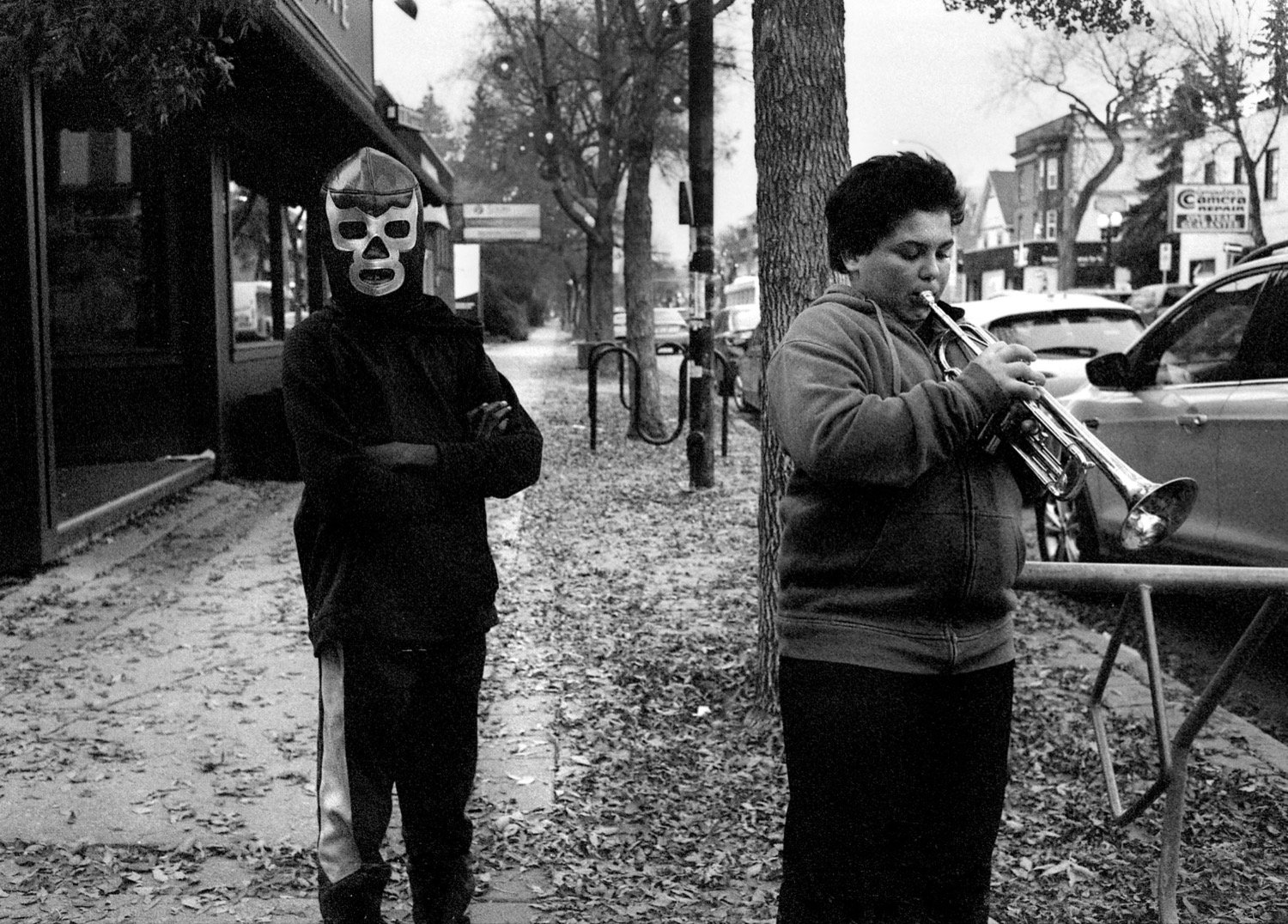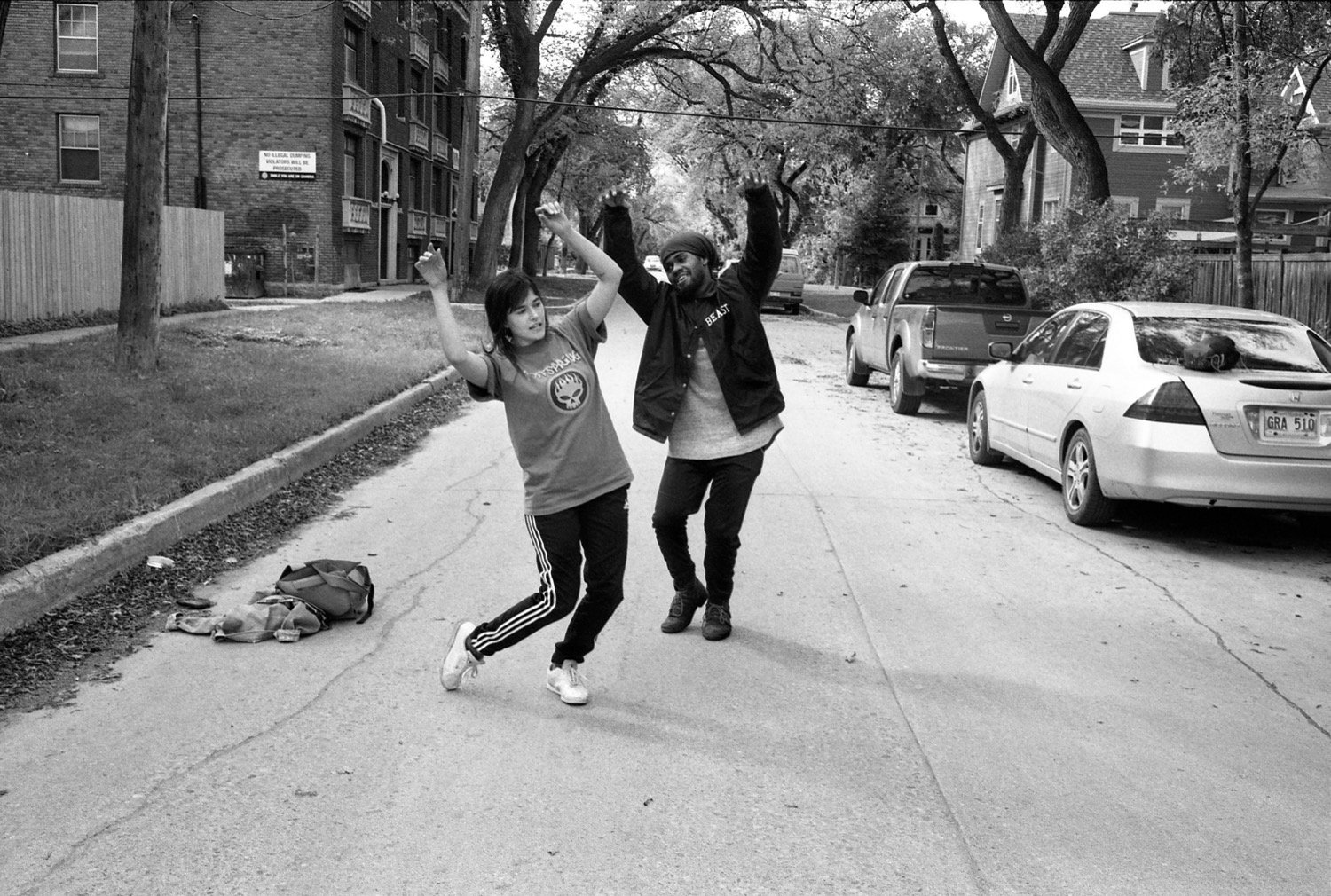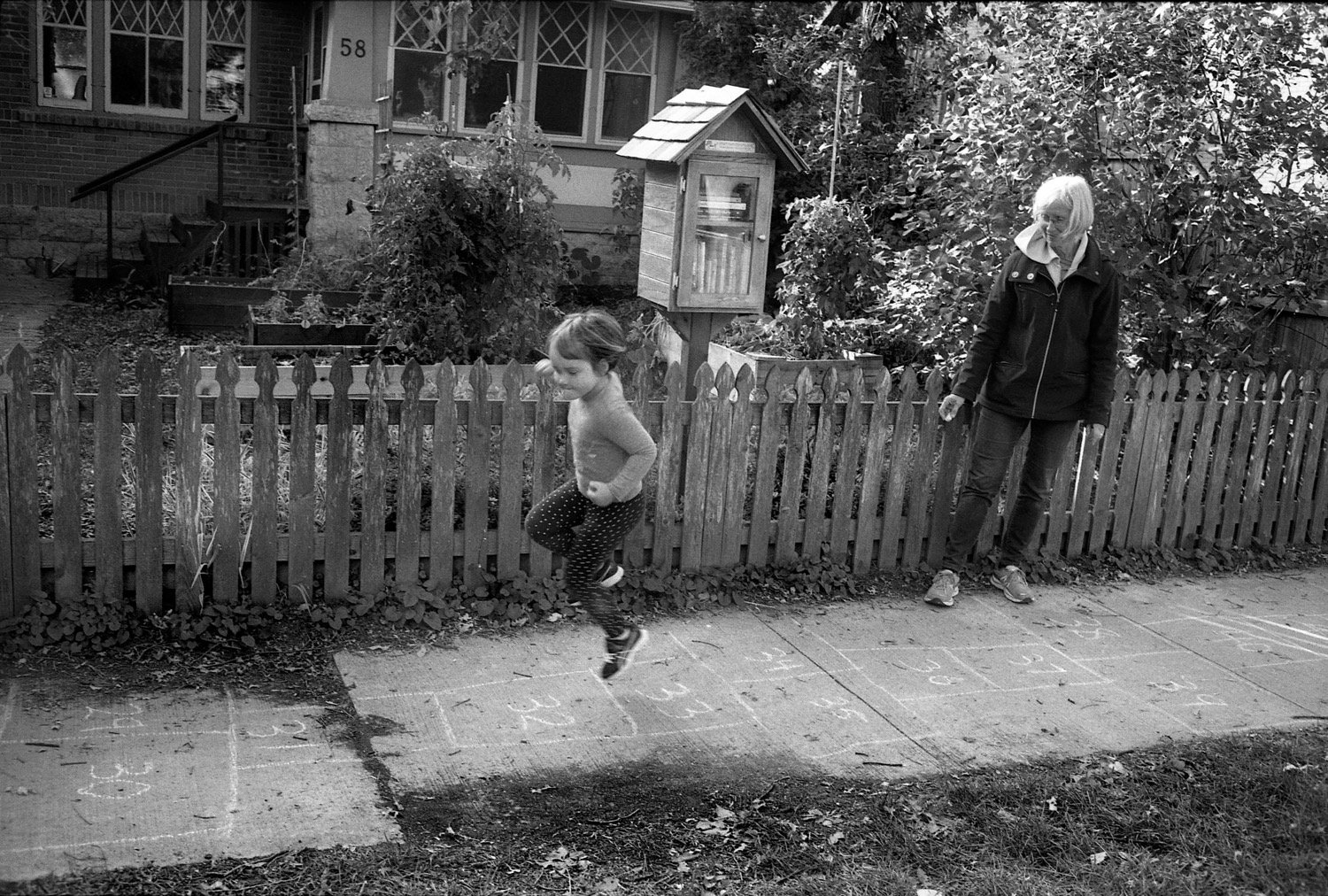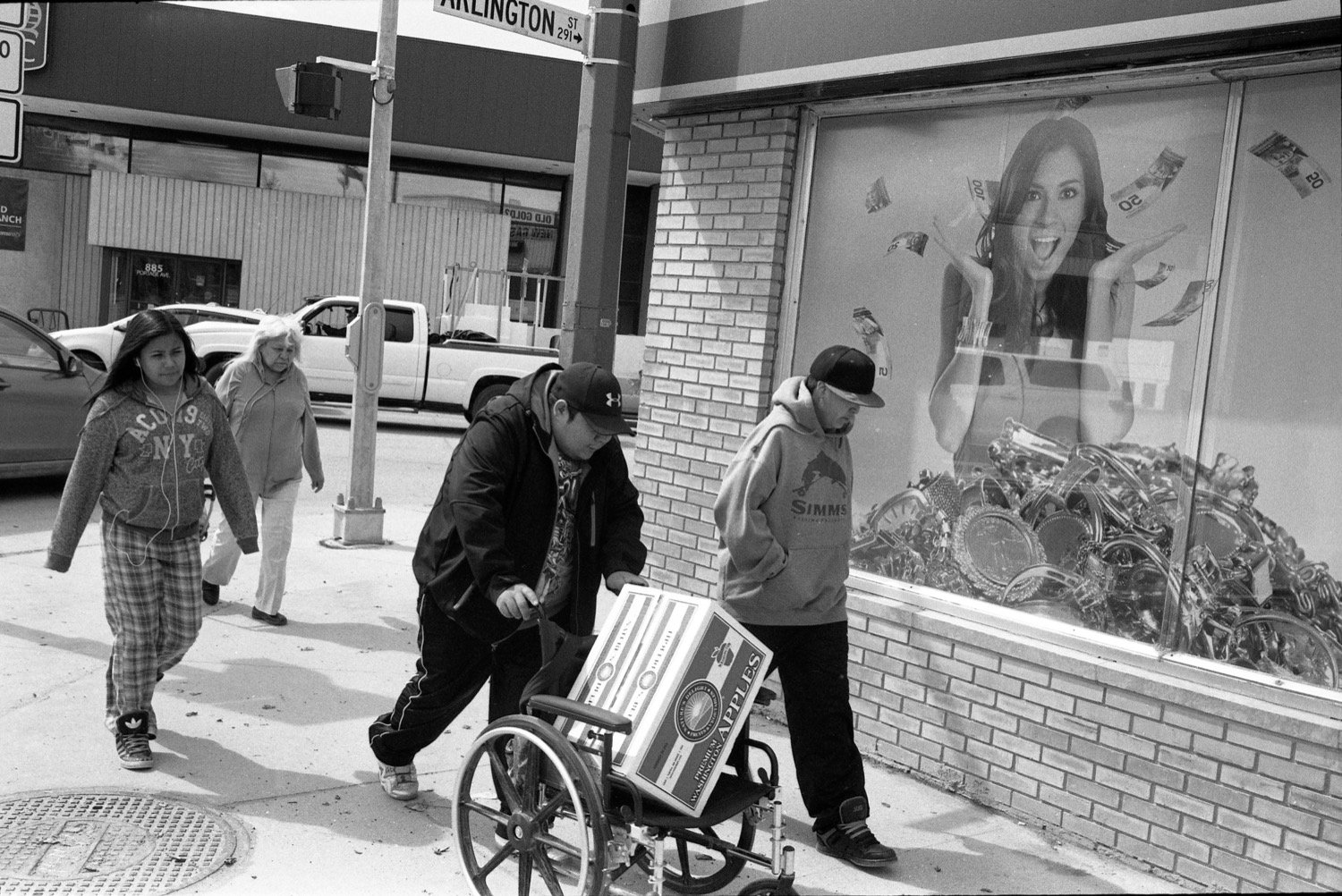In my last post, I’d mentioned about continuing the personal project on faith and the pursuit of ritual - it’s interested me for a long time, in photography, how people across a wide variety of cultures, religions, places etc. all share this common desire for rituals.
The most recent instalment of this project came this weekend, with the Ukrainian ritual called ‘blessing of the baskets’, a high point in the religious year and a hallmark of Easter on the Orthodox calendar for Ukrainians.
It was a return for me, as I’d photographed this ritual previously, and the venue - the beautiful and historic St. Vladimir’s and Olga’s Ukrainian Catholic Metropolitan Cathedral - was one of the very first I’d photographed in when starting this project years ago.
The baskets contain food, especially bread which is relevant given Ukraine’s abundant wheat fields, and candles to spread light and receive blessings including sprinkling of holy water.
It was a fitting event to signify rebirth of this project, and I hope to continue it in the months ahead, as well as give clarity to its purpose going forward and exhibiting it in some form, also.
If you have ideas for various rituals to depict in photographs, whether it be small and ordinary and everyday, or large and grand occurring on special occasions - I’d love to include them. I’d also love to include a lot of diversity in this project, showing humanity’s shared urge to express itself through ritual.
Please contact me if you have suggestions - my website has a Contact section, I can be reached at email via talk@colincorneau.com or via Instagram
photography
An Easter rebirth
This has been posted here before, but several years ago I started a project about faith rituals - I was just interested in how across all different kinds of cultures, religions, time periods and geographic areas people somehow felt the need to perform various rituals and actions as an expression of faith.
I photographed more variety than I thought possible in a mid-sized Canadian city, but the past year or so it’s been dormant.
Fittingly, in the season of Easter a rebirth of sorts occurred with 2 events connected to the Christian holiday. The festival of Salubong, a procession of religious statues held by the local Filipino community, was held on Easter Sunday morning and the 35th annual Way of the Cross procession was held by the local Catholic archdiocese on the morning of Good Friday.
Salubong was especially gratifying to photograph, as it was the first ritual I photographed in 2018 when I first conceived of this project.
From now, I hope to continue where I left off with this project and pursue other rituals in a variety of faiths. I’m as interested in the regular commonly held ritual - aspects of the everyday like a Christian baptism or candles in a Hindu puja or prayers in a Jewish or Muslim service - as I am in special events or rarer holidays.
If you have a suggestion for this project, please use the Contact form on my website to send me an email, or message me via my Instagram account if you prefer.
A congregant at St. Edwards the Confessor Catholic Church takes part in a procession early Sunday morning as part of the church’s Salubong event.
The sunrise shines over the cross marched on a procession in the 35th annual Way of the Cross Event, Friday morning at the University of Manitoba campus.
Hundreds of people walk quietly in the Way of the Cross event, on Good Friday morning, the only sound moving over the crowd a repeated prayer chant.
The cool twilight of the early Easter morning is punctuated by the warmth of a candle held by an adult chaperoning a children's choir in the city’s North End during the Salubong event.
Canada geese waddle away from a procession of hundreds quietly marching behind a wooden cross on Good Friday.
One of the stations of the cross marks a pause in the 35th annual Way of the Cross, Good Friday morning.
A children’s choir ascends the steps of St. Edwards the Confessor church on Easter Sunday morning.
Salubong event, Easter Sunday morning.
Salubong procession, Easter Sunday morning.
Rotating Back (to film)
Recently I had the chance to use a classic studio camera in a terrific studio. The Mamiya RB67 is a film camera that any commercial photographer who was working in the 70’s, 80’s or 90’s would know of. Along with the excellent lenses as in other Mamiya cameras the big advantage of this camera is the film back rotates to either landscape or portrait view — RB obviously is for Rotating Back.
This lets a photographer change quickly between views, without having to waste time moving the whole camera around either in hand or on a tripod. And it makes a difference practically, especially when photographing portraits.
I don’t like to get bogged down in gear talk, though — to me cameras are tools to make an image, not to fetishize/collect/pontificate over, and the image is what drives (or should drive) photography. In terms of the mechanics, these images were made to test out this camera, its lenses and how it works with in-studio lighting; I’m a big fan of photographing with film (when time allows) and for those who think like I do on that topic, these images were made with Ilford Photo’s wonderful (and underrated, in my opinion) Kentmere Pan 100 medium-format black-and-white film.
Potter and artist Christina Sikorsky
Portrait of Samantha. This was an impromptu photo, but often times those can yield the best results - spontaneous reactions and unplanned efforts can help us avoid ‘getting in our own way’, creatively.
Artist Thor Aikenhead.
The Weekend (not affiliated with the music industry)
Assorted images from a quiet weekend that still, somehow, had a lot to photograph.
Onlookers view a light display painted across an Exchange District building Saturday night during the first instalment of the Lights On The Exchange public art event.
Light streams from the front of a heritage building east of Main Street, Saturday night during the Lights On The Exchange event.
A Chinese lion dance troupe weaves its way around a thick crowd of people Sunday morning during Chinese New Year celebrations at Kum Koon Gardens restaurant in Winnipeg.
A little girl greets a Chinese Lion Dance troupe with a huge grin during Year of the Rabbit celebrations Sunday morning.
A woman crosses a shaft of bright winter sunlight beneath a garland of hoarfrost on Provencher Boulevard in St. Boniface.
A woman cheers after tackling a whipped cream beverage at a birthday party in an Exchange District pub, Saturday night.
A Walk With A Camera
One of the most enduring types of photography that’s been part of my life has been street photography. I prefer to think of it as ‘everyday life photography’, but ‘street’ is the most commonly known term for it.
I sometimes (only half-jokingly) call it ‘the least possible lucrative form of photography’ but maybe that’s part of the appeal - it doesn’t have to be bent or altered to do anything but what I feel about what I see, as I see it.
For me, it’s just pure reaction, in the moment, without any preconception. It draws on everything that’s happened in the past, but is also completely in the present moment. Going for a walk is always a great way to relax, but combine it with the keen observation that happens when you have a camera, and now you’re a flaneur. Finally, at the risk of reading too much into a simple walk with a camera, it’s a way for me to build empathy and understanding of others — I do think it’s only by being face-to-face and interacting with others (and no, via a phone does NOT count) that can hope to start appreciating them.
It’s with this background that I offer up a collection of street/everyday life photos from my own neighbourhood, a small selection from years of walking with a camera close to home. Wolseley is one of many interesting areas of this city, and of all the things many people will say about it, one undeniable fact is it’s one of the most walkable and varied neighbourhoods of them all. In other words, perfect for any street photographer.
I would be remiss if I didn’t say here that one of my main influences in everyday life photography, living one’s life with a camera and finding a sense of place through photography is a well-known figure in photography in this city and this country, John Paskievich. From almost inventing multimedia back in 1982 with his landmark short film “Ted Baryluk’s Grocery” to his excellent photobooks “The North End” and “The North End Revisited”, John has been an inspiration to a lot of photographers. I highly recommend either of his photobooks, by University of Manitoba Press.
For the camera nerds, all images were taken with a Leica M6, 35mm Leitz lens and mainly Kodak TMax 400 film.
A Night at the Opera
For the past several years, I’ve been proud to contribute photography for Manitoba Opera. Apart from just loving beauty and beautiful things, I’ve really come to appreciate how opera is basically storytelling — just like photography, just like books or Hollywood movies or even Instagram reels. Having relatively free reign gives me access to the people who work so hard to bring the show together, as well as the (pretty amazing) singers who make these stories come alive.
Like most arts groups, the Opera has had to grapple with the Covid-19 situation but happily the first major effort in a long time came together last night with the Gala Concert.
You could feel how happy people were to be able to have a night out again, and see these performers again on the Centennial Concert Hall stage. And the Symphony clearly didn’t get out of practice, either, with beautiful music carrying the audience throughout the whole event.
I’d urge anyone to check out the Opera and take in their next show. It’s a total treat to dress up, be seated in the hall, have the lights dim and the music flow out into that huge space all around you. You’d be surprised how easy it is to ‘get’ the stories behind each opera, once you learn about the production (which the Opera makes very easy both online and in the programs at each show).
Lizzy Hoyt sings with the Winnipeg Symphony Orchestra, and conductor Tyrone Paterson, behind her during the Manitoba Opera Gala Concert, Saturday evening April 2, 2022 at the Centennial Concert Hall.
Mezzo-soprano Catherine Daniel beams at the audience for Manitoba Opera’s Gala Concert.
The Centennial Concert hall, home of Manitoba Opera and its Gala Concert. The evening began with the Ukrainian and Canadian national anthems.
All five singers, backed by principal conductor Tyrone Paterson, are applauded by the audience near the end of Manitoba Opera’s Gala Concert.
Soprano Lara Ciekiewicz (left) and mezzo-soprano Catherine Daniel are applauded after a duet in the Manitoba Opera Gala Concert.
Until the autumn….































